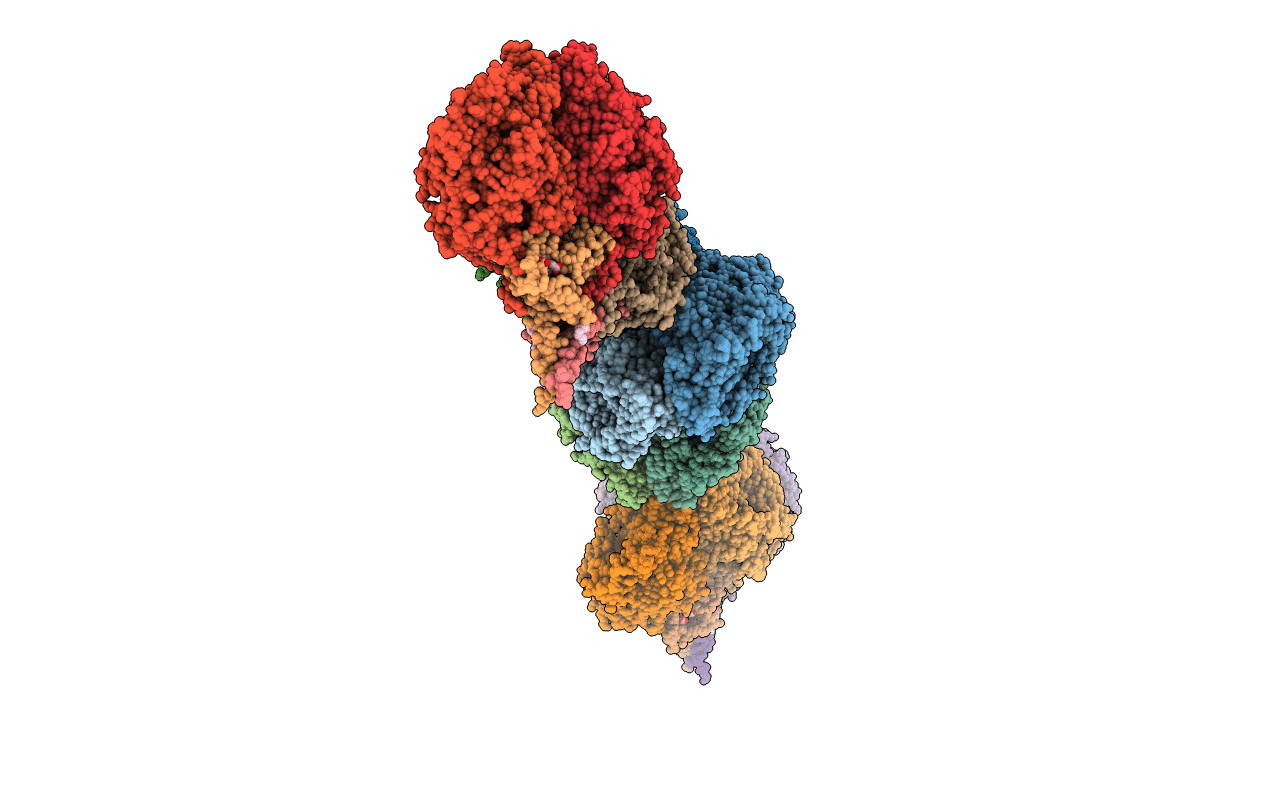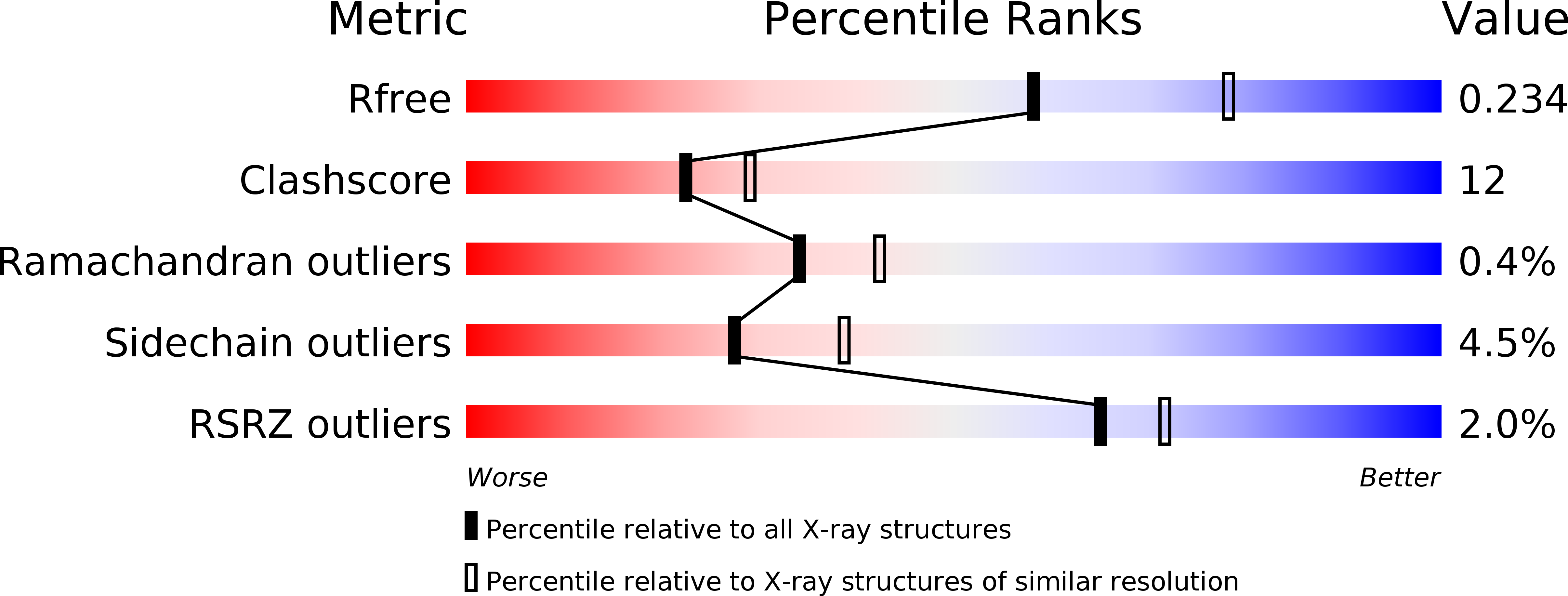
Deposition Date
2006-10-06
Release Date
2006-12-06
Last Version Date
2024-11-06
Entry Detail
PDB ID:
2J7A
Keywords:
Title:
Crystal structure of cytochrome c nitrite reductase NrfHA complex from Desulfovibrio vulgaris
Biological Source:
Source Organism:
DESULFOVIBRIO VULGARIS (Taxon ID: 882)
Method Details:
Experimental Method:
Resolution:
2.30 Å
R-Value Free:
0.24
R-Value Work:
0.20
R-Value Observed:
0.20
Space Group:
P 21 21 21


